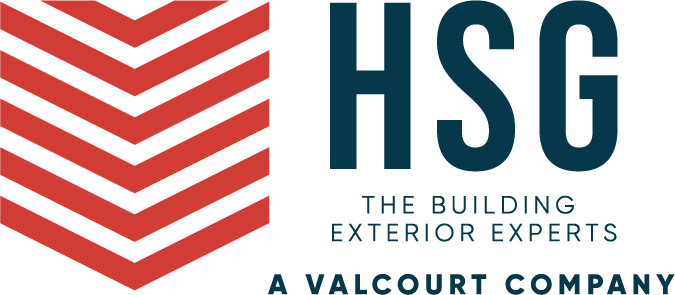
This month and through the rest of summer, the bird population will be at its highest. The chicks have hatched and are out of the nest. As the numbers increase, they look to perch and roost on commercial buildings. They usually on the Northeast corners of buildings where they are protected from the onshore weather (winds, sun, etc.).
This blog will hopefully make you aware of the hazards of not taking action with these pests.

Which Birds are commonly seen at buildings?
These are the pests we see most often on commercial buildings:
- Starlings: Roost in large numbers and settle under the eaves of buildings.
- Crows: Very smart birds, noisy, messy, mean!
- House Sparrows: Anyplace where food is stored or processed
- Gulls: Perch on rooftops in most coastal areas. They usually come in from the coastal areas when there is a storm coming.
Hazards of bird infestation:
Noise: Most of the birds mentioned above are noisy.
- Bird droppings on the sidewalk. This can be a huge cause for slip and falls.
- Pigeons and or hawks: They love to perch on building signage and soil the sides of buildings and ground below the signs.
- Bird debris (poop) is loaded with bacteria and diseases (over 160 diseases)
- Bird debris (poop) is very acidic. Public freeways have a huge problem with this because it eats away at the concrete and steel re-enforcements; Eats through paint, uproots roof tiles, and clogs up gutters.
If you don’t address the issue, your company will incur costly building repairs. In addition, having the tell-tale signs of birds, doesn’t create a clean look for your business.
How to reduce their favorable environment:

First and foremost, birds are attracted to your building because of the preponderance of food within your building or close by. If you have an open courtyard area where employees enjoy their lunches and/or there are restaurants close by, here are three simple ways that can help:
- Provide trash receptacles that are birdproof. Encourage all employees to use them or take trash back inside the building.
- While it may seem obvious, be sure to ban the feeding of birds and have postings around the area.
- Regularly scrub down areas where spills and litter might occur.
However, these acts alone will not deter all birds. In this case, you will need to move to one or more physical measures. Here are five options:
- Shock: Like electrical fencing, this gives a harmless shock to a bird that tries to perch in an area. Good for high-profile areas like a rooftop meeting areas or executive patios.
- Netting: This keeps birds at bay in courtyards, rooftops, overhangs and parking garages. Solid, lightweight twine will last for years and definitely keeps large birds out that area.
- Bird Wire: Used on ledges, sills and beams, a wire is attached to small posts via springs. When a bird tries to perch, the wire springs back preventing it from landing. A good option for historic buildings.
- Spike Strips: Made of stainless steel or plastic spines, these are placed on ledges, sills and beams keeping the birds off balance so they cannot settle. These will not hurt birds and can last for years.
- Coil: A “slinky” type of system, this system works well on exposed ledges.
Need a bird buster?!
We service all of southern California. Our expertise and innovative approach is exactly what our clients are after! Give us a call today at (323) 733-8552 or email us to learn more!



